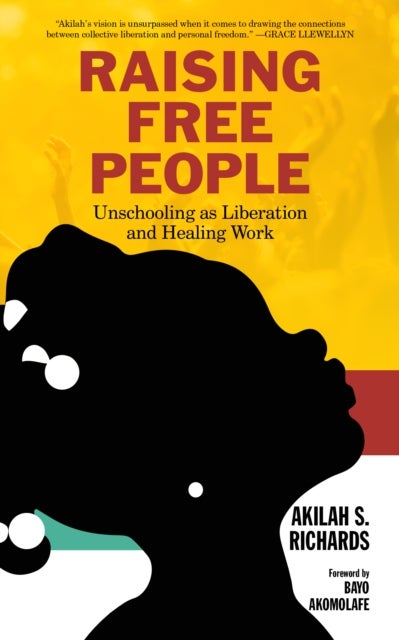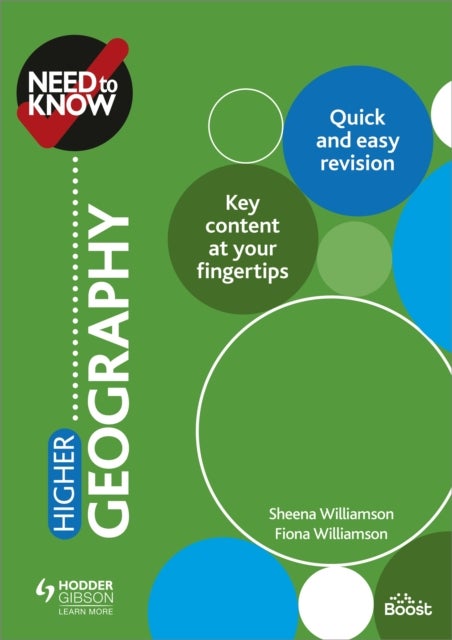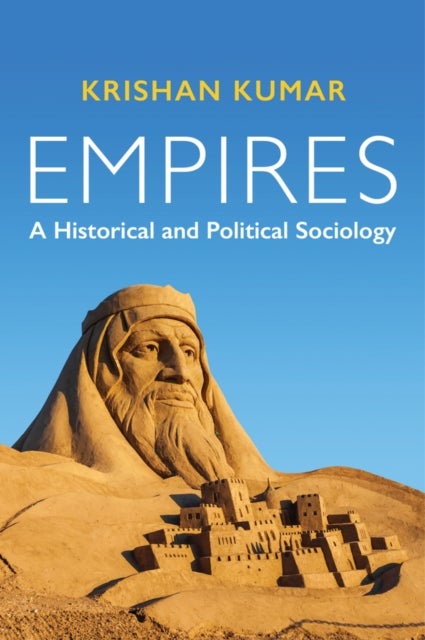
Handbook of Texture Analysis
1879,-
<p>The major goals of texture research in computer vision are to understand, model and process texture, and ultimately to simulate the human visual learning process using computer technologies. In the last decade, artificial intelligence has been revolutionized by machine learning and big data approaches, outperforming human prediction on a wide range of problems. In particular, deep learning convolutional neural networks (CNNs) are particularly well suited to texture analysis. This volume presents important branches of texture analysis methods which find a proper application in AI-based medical image analysis. ¿ Discusses first-order, second-order statistical methods, local Binary Pattern (LBP) methods, and filter bank based methods ¿ Covers spatial-frequency based methods, Fourier analysis, Markov random fields, Gabor filters, and Hough transformation ¿ Describes advanced textural methods based on DL as well as BD and advanced applications of texture to medial image segmentation Aime








